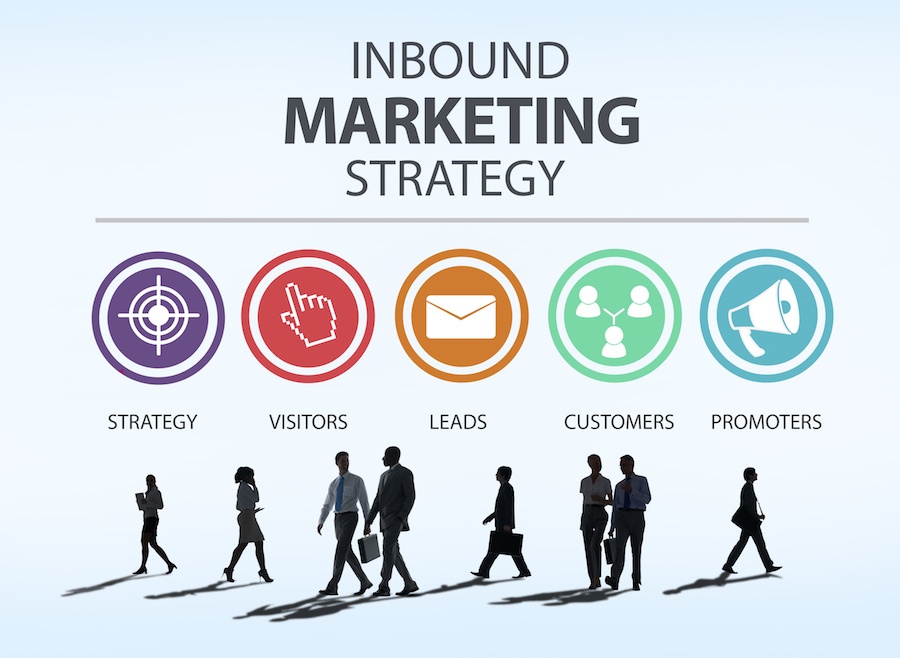
Building a website that attracts significant traffic is not something that can be accomplished overnight or in a matter of days. It usually takes several months for a content-rich website that comprises inbound marketing to start bringing in visitors and revenue.
Related Blog: How to Increase Your Pay-Per-Click ROI with Inbound Marketing
Increase Your Leads
The goal of most commercial websites is to attract leads that convert to sales. Your email account and other forms of electronic communication assigned to the site will be the key to capturing leads that can be nurtured for the future.
If your site already gets qualified visits but needs more conversions, try implementing value offers, call-to-actions and landing pages that are driven by attractive content. Sites that already generate but need to close more leads can segment lists and implement marketing automation. An existing website with a long online history that hasn't used much SEO can accelerate visits by implementing certain SEO techniques.
The effects of SEO take a while to materialize because the primary way search engines rate websites is based on content, which takes months to develop. You need to make sure that your content provides a unique perspective and is not duplicated from existing online content that has already been crawled by search engines. If your site has thin pages, add more content, which can help increase your search engine visibility, resulting in more leads.
When to Expect Results
The first three months of building a website lets you know how your content creation process is doing and what adjustments you need to make. After about six months you should have a marketing strategy in place. It may take up to one year to begin seeing quantifiable results. At the same time, you should be able to see actual growth on a monthly basis.
Tools
There is a variety of software that is designed to improve your marketing efforts and save you time. By implementing sales enabling tools you can qualify and close leads more effectively. Some of the most popular inbound marketing tools are made by Hubspot, including Hubspot CRM and Sidekick.
Hubspot offers a substantial suite of marketing tools that can be integrated into one platform. It will give you more control in managing your site. Not only will the software enable you to set up lead conversion campaigns, you will be able to focus on creating optimized content for attracting visitors. The software is designed to simplify the inbound marketing process.
